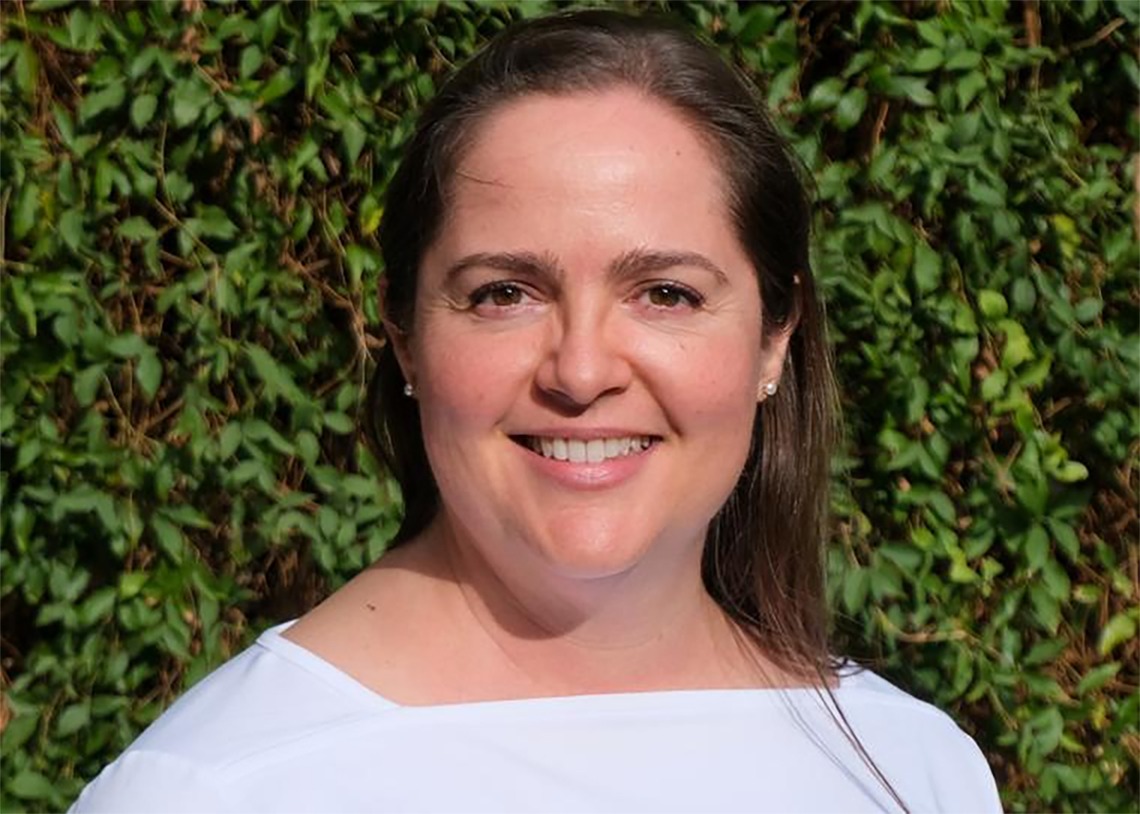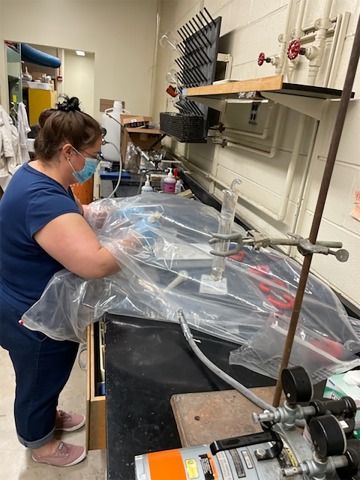“[Mining] is essential for a greener economy:” A Student Profile on Susan D. Perez

Rare Earth Elements (REEs) are becoming more and more important with the increase in technological demand. Can we recover metals from mine waste from a hundred years ago? Can we recover metals from water, to clean our water sources and add to the mining economy?
Environmental scientists like Susan Perez, Ph.D. student studying remediation and aqueous mining, seek the answers to those questions and more.
Perez spent most of her life in Texas, but chose the University of Arizona for her Ph.D. program due to its bioremediation research program, and the Environmental Science Department’s Center for Environmentally Sustainable Mining and Superfund Research Center. She wanted to expand on her strengths and look for new challenges and felt this degree program was her best option..
Perez has a B.S. in agronomy (crops and soil science) and went into her undergraduate degree thinking about world hunger, wondering if there will be enough food for the world population with the projections of modern agricultural practices? To that end, Perez worked for the USDA Natural Resources Conservation Service for many years, and then while working as a manager for her local Soil and Water Conservation District, Perez decided to go back to school to study bioremediation, starting with a Master’s in biology with an emphasis on environmental microbiology, before continuing to the PhD program here in Tucson.
Research for a cleaner future

Her research examines how rhamnolipids and other glycolipids can be used to remove metals of concern from an aqueous solution. A rhamnolipid is a biosurfactant molecule that has a specific chemical structure with a charge that attracts the oppositely charged metals. The lipids have a pocket where the metals sit and get pulled out of the solution.
“Rhamnolipids have a high affinity for REEs and heavy metals without competing for other common elements,” says Perez. Three different metals are being tested to see the range and ability of many new glycolipids including various rhamnolipids.
According to Perez, this research can help mines become more sustainable. There’s a “lot of potential for looking again at things we’ve discarded,” she says. With the future of technological advancements, we may one day be able to re-mine waste piles for critical metals that we weren’t able to obtain with past technology.
Mining is necessary for a renewable energy future, with the increase in demand for REEs. “[Mining] is essential for a greener economy,” says Perez. The conservation-minded student’s work is dedicated to wiser resource use.
Her advice for students? “You will get discouraged, just keep going.” Your studies may present you with challenges but breakthrough successes are just on the horizon.
Curious about bioremediation? Contact Susan or her advisor, David Hogan, to learn more or how to get involved with the lab.

